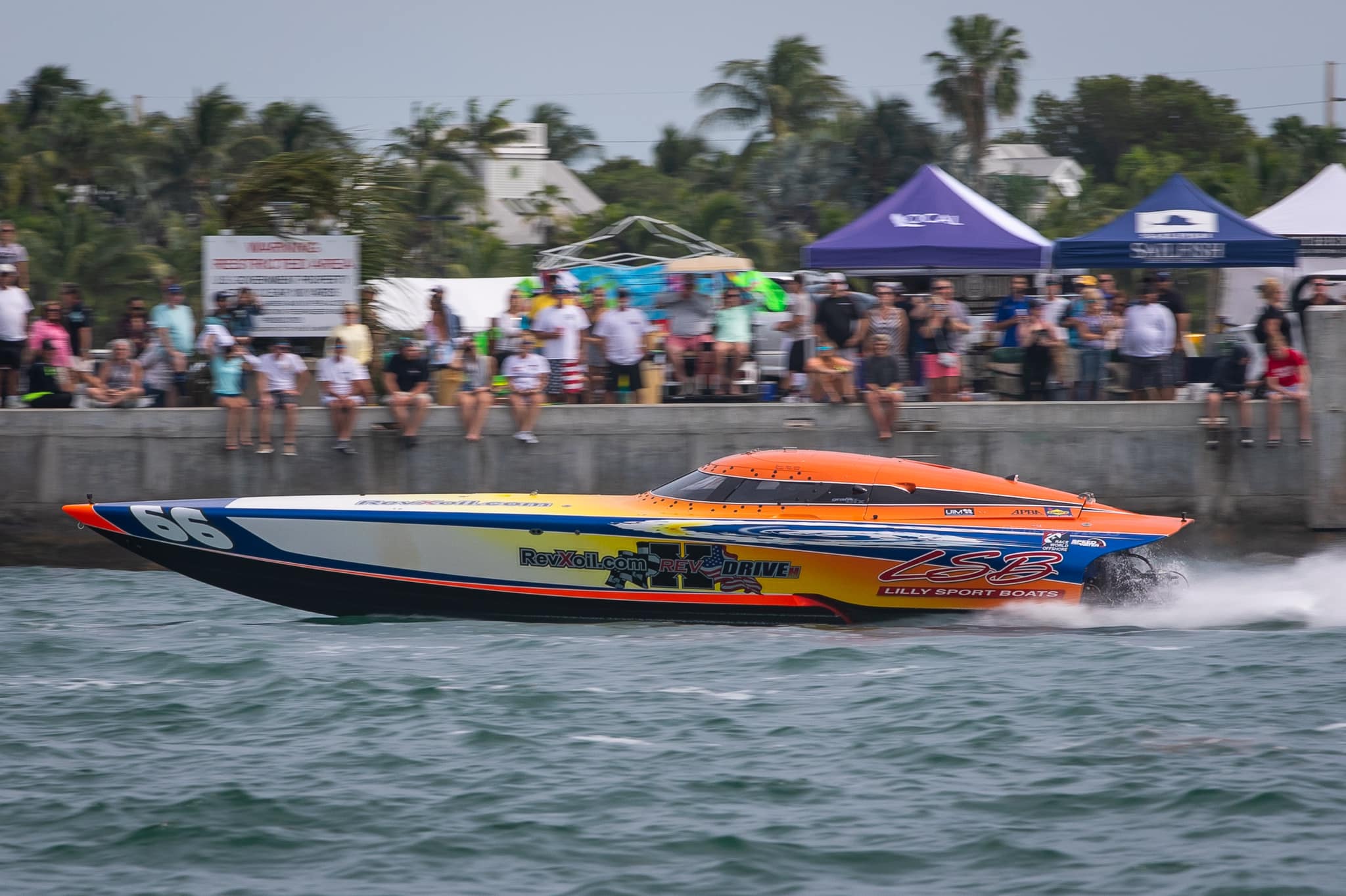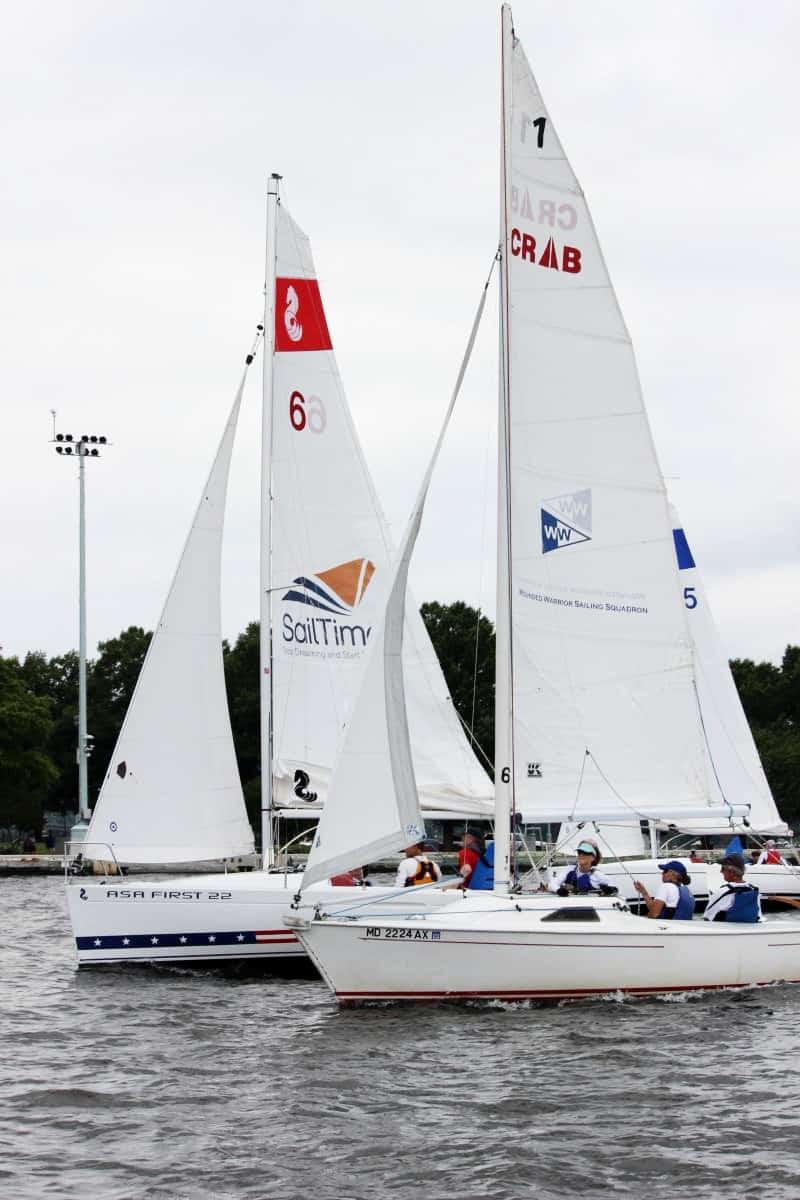A new study by the Chesapeake Bay Foundation and The Nature Conservancy finds that the owner of Conowingo Dam can solve a lot of the dam’s environmental problems while continuing to make a healthy profit. Whether they’ll agree to take the required steps remains to be seen.
A public hearing got underway Tuesday on the contentious issue of the pollution coming through the Conowingo Dam. Exelon Generation Company, which owns the dam, has applied to get a new operating license from the Federal Energy Regulation Commission (FERC). But to get it, Exelon will need a Clean Water Act Water Quality Certification from the Maryland Department of the Environment. That means the company must show that the dam’s operation meets Maryland’s water quality standards.
The problem is, environmental studies show that Conowingo currently contributes a great deal of nutrient and sediment pollution to the Bay. The dam has a reservoir that traps nutrient-rich sediment from the Susquehanna River, the Bay’s biggest tributary, preventing it from flowing down to the head of the Chesapeake Bay. Historically, that capture of sedimentation was an environmental perk of the dam, but now, the dam’s reservoir is nearly full. The overflowing sediment—especially during intense storm events—pollutes the Bay, forming enormous, chocolate-milk colored sediment plumes that can be observed by satellite. Downstream, that sediment can do a lot of damage—smothering oysters, covering grass beds, and the overflowing nutrients feed algal blooms.
And it’s not just about the sediment and nutrients from upstream. According to the Chesapeake Bay Foundation, the way the dam discharges water is more harmful to fish and habitat than at average dams elsewhere.
“More pollution will come through the Conowingo Dam and into the Bay than scientists previously calculated,” said CBF President Will Baker. “Exelon has the responsibility and revenue to pay for its share of the solution.”
Today’s new study supports the notion that Exelon has plenty of extra profit to pay for environmental improvements. It looked at the dam’s revenues and expenses, various flow scenarios, market prices and rates of return. It concluded Conowingo makes sufficient revenue to provide $27 million to $44 million annually in “headroom for remediation.” The study’s term “headroom” refers to excess profit above “adequate return for risk of their business operation.”
“Conowingo’s environmental performance can be brought into the 21st century with effective mitigation measures while the dam continues to provide low carbon energy and Exelon receives a reasonable return on its investment,” said Mark Bryer, TNC’s Chesapeake Program Director.
At Tuesday’s public hearing, CBF and TNC urged the Maryland Department of the Environment to require Exelon to pay to mitigate sediment and nutrient pollution, change its water flow practices to restore safe habitat for migratory fish, and make structural improvements that would help migratory fish get upstream to their traditional upstream spawning spots. But the environmental groups say they’re not asking Exelon to shoulder all of the cost: Maryland and Pennsylvania would share the responsibility.
Chesapeake Bay Foundation scientists Doug Myers says to help the problem, Conowingo could do something as simple as watch the weather forecast. If a big storm is coming, they could adjust their water flow to minimize the “pulse” of phosphorous that surges downstream through the dam during such storms.
“Currently, they don’t really change operations at all based on high flow events to come: that’s an operational thing they could do, at the most high risk time of year,” says Myers.
The report, “An Economic Analysis of the Conowingo Hydroelectric Generating Station,” was conducted by Energy+ Environmental Economics of San Francisco, California, for the Water Power Law Group, CBF and TNC.
Members of the public have until January 15 to submit written comments to the Maryland Department of the Environment. You can write to Elder Ghigiarelli Jr., deputy administrator, Wetlands and Waterways Program, Water and Science Administration, Maryland Department of the Environment, 1800 Washington Boulevard, Suite 430, Baltimore MD 21230, or email elder.ghigiarelli@maryland.gov.




